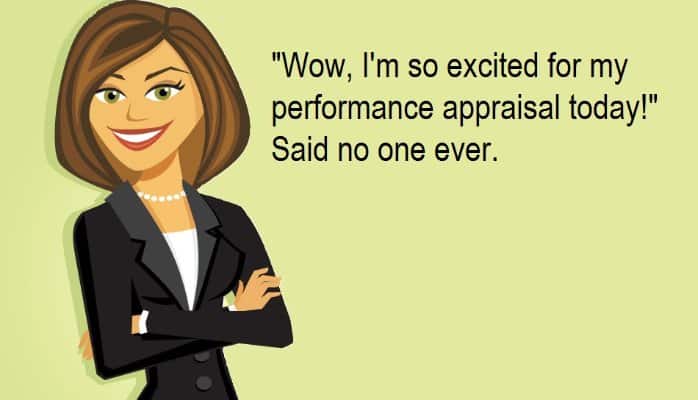
Sep 22, 2016
Performance Appraisals (PA) or Performance reviews are an integral part of an employee’s development and should be used at an allotted time for employers to be able to highlight any concerns as well as allowing employees to address any issues. It can be argued that performance appraisals are slowly shifting to what is understood as Performance Management (PM). This blog will focus on the change and adaptation in PA’s as well as the ongoing challenges of designing and conducting performance reviews.
Performance Appraisal (PA) vs. Performance Management (PM)
Over the past 50 + years, management has drastically changed, from the 1950’s where managers were viewed to be ‘playing god’ in a very dictatorship for of management, through to the 1980’s onwards where full-blown performance measurements are now carried out regularly.
There is a significant difference between PA’s and PM:
Performance Appraisals: Regular meeting allow managers to appraise the performance of employees
Performance management: Refinement of appraisal, designed to manage individual performance, organisation and company goals and values were. it focuses on a broader HR initiative and policy, for example, talent management and training & development. it is a 2-way process where individuals and the team as a whole are fit into company policies and strategies.
Why is PM undertaken?
Performance Managment is carried out for a number of reasons:
- Communicate a shared vision of organisational objectives
- Define expectations
- Allows the employee to monitor their own performances
- Involving all employees as equals, participative and soft notion of resources management
- Understanding developmental needs and is not simply blaming people for poor performance
- A negotiated process not just hierarchal from the top down
- Forward-looking and encouraging people to buy into process-self management and internalises the process. Gets employees thinking what they need.
PM should be seen as an empowering process for both employees and employers, allowing both parties to comfortably reach aims, goals, and achievements without belittling one another. in using techniques such as performance management, labour turnover should decrease within companies as both sides of the relationship are content.
Do they work?
The performance reviews still remain a key element of the performance process. Traditionally, ‘appraisals’ were seen as a top-down technique with line manager allowing individuals to speak directly with their manager. Performance appraisals produced many issues for the managers conducting them.
- ‘Horn effect’ is a regular occurrence (even if the manager was not aware of this interesting term!) This is where judgement on the employee by the manager is made immediately. With this judgment and bias, the employee is at risk of not doing well under any circumstances.
- ‘Halo effect’– This is where one attribute of the individual is used as the basis to rate the overall performance of the person, largely irrespective of the stated criteria. For example, the employee could be an introvert and does not get on with the manager on a social level. The manager may then take this as a negative and allows that affect their whole review for the worse.
- ‘Recency Bias’ is when the manager does not produce detailed or precise notes during employee appraisals. The may also have a bias towards the recent behaviour of the employee which may affect the outcome of the appraisal.
- ‘Crony effect’ sees the manager behaving bias towards the employee because they are too close to the person on a personal or social level.
All these detrimental effects listed above, argue that performance appraisals may be negatively affected by social behaviours, leaving the integrity of the exercise in question.
This being said, if the correct training for managers is provided by the company, performance appraisals or reviews can be used as a positive and useful tool for employers to encourage and motivate the team. Employees performances can also be improved if appropriate SMART goals are created in these reviews and challenges are addressed.
Read more HR focused blogs from me at the below links:
https://www.precisionsourcing.com.au/wordpress/soft-skills-vs-technical-skills-what-gets-your-vote/
https://www.precisionsourcing.com.au/wordpress/career-the-violation-of-probation/
https://www.precisionsourcing.com.au/wordpress/career-are-your-tattoos-the-make-or-break-of-your-career/
https://www.precisionsourcing.com.au/wordpress/precision-insights-a-close-shave-with-the-law/
For More Blogs, Click Here.




